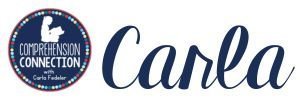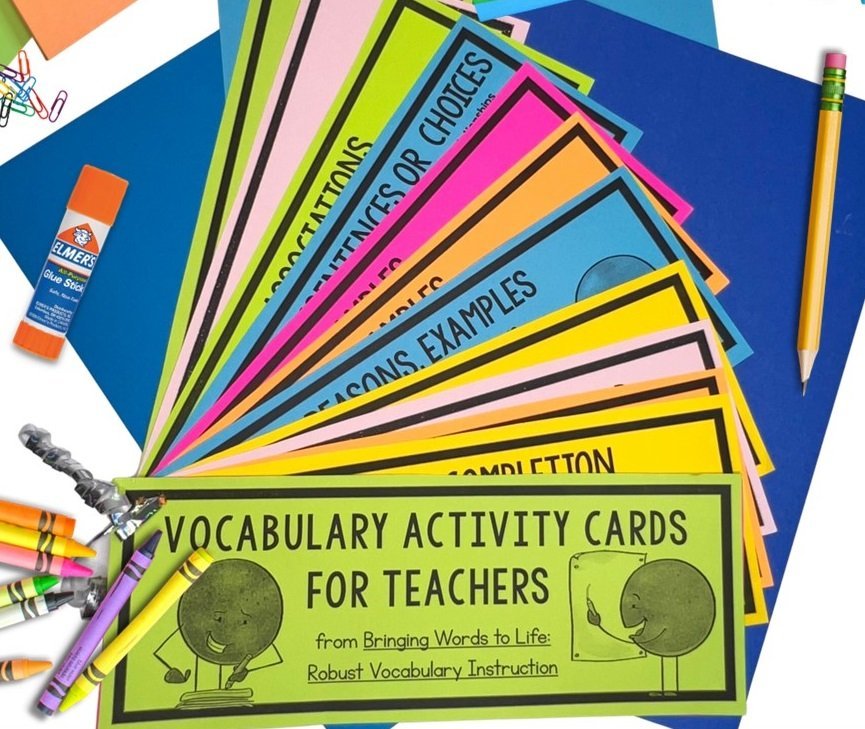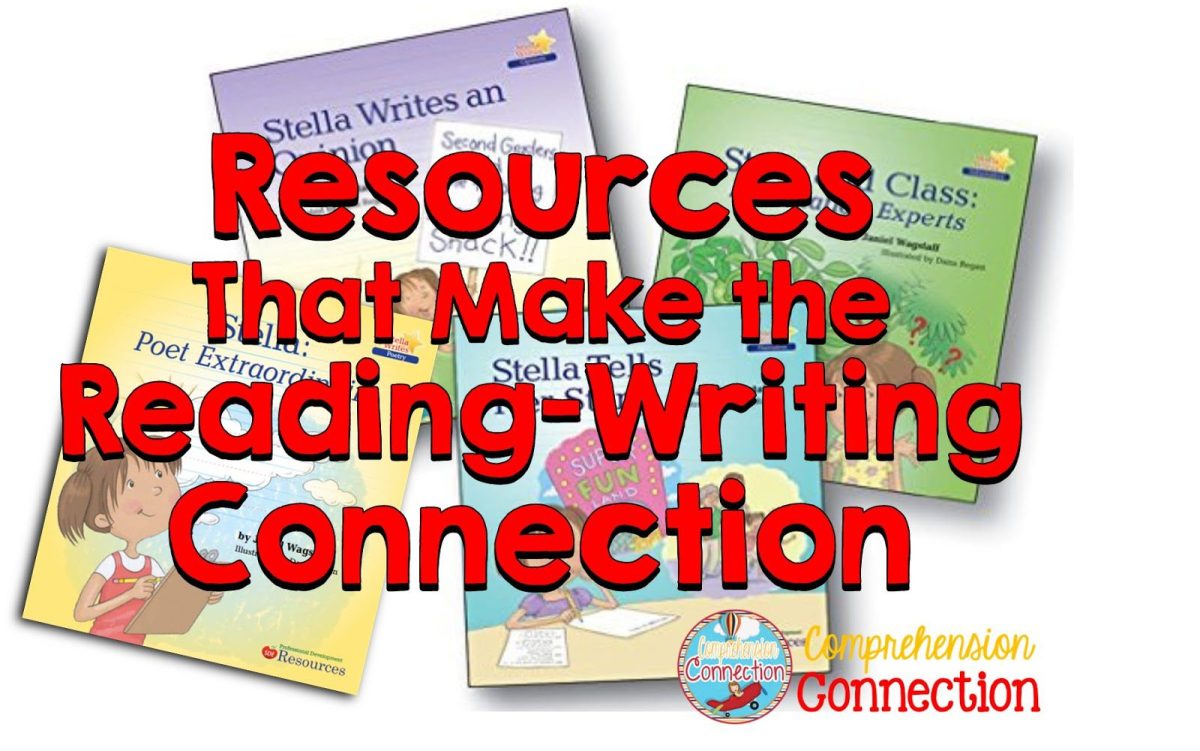
The Amazing Bone by William Steig is an engaging book for elementary. Of the many authors to choose from, William Steig is a go-to for mentor text lessons in the upper grades. Finding picture books that work well for older readers can be tough, and although these books appear to be simple if you judge by the cover, they truly are not. William Steig’s writing style and rich vocabulary make them more appropriate for grades three to five.
Today, I’d like to share one you may not be familiar with, The Amazing Bone. This book, at first glance, reminded me of Halloween, but aside from finding a bone, it has nothing at all to do with that time of year. In fact, it is a fractured fairy tale, and don’t we love those? The comparison is subtle, but as kids finish the book, they will make the connection.
AUTHOR’S CRAFT IN THE AMAZING BONE

As I mentioned, The Amazing Bone is very rich with vocabulary, and I think that makes the book perfect for imagery and visualizing, characterization and character change, and descriptive writing. Author’s craft is the culmination of several reading skills.
As you analyze the text, each of these skills contribute to the overall writing style. To analyze author’s craft, I like using column notes where students can read about specific story examples and add their impressions. These notes support student thinking and discussion.
MODELING CHARACTERIZATION with the amazing bone
Another fun skill that would work well with this text is characterization and character change. Pearl begins the story very distracted and playful. She dawdles on her way home from school checking out all of the happenings in town (like many of our kiddos do). She goes into the woods where she sits down to relax and hears the bone speak to her. Startled, but not afraid, she carries on a conversation and decides to take the bone home with her.
In the next scene, she’s approached by a group of robbers, but guess what? She pulls out the magic bone that speaks and sends the robbers running, so readers see her courage.
Characterization can also be studied by comparing The Amazing Bone with Little Red Riding Hood using the Venn Diagram included.
DRAWING CONCLUSIONS WITH THE AMAZING BONE
The last skill that I think fits this book well is drawing conclusions. As the story unfolds, students can draw conclusions about Pearl, about the bone, about magic, and more. The freebie to the right is one you can use with this book. You might also like [THIS FREEBIE IN MY STORE] It includes an anchor chart for modeling and additional organizer you can use with other texts to teach the skill.

DRAWING CONCLUSIONS PAPER BAG BOOK
Drawing conclusions is tough to teach, so we need lots of strategies to keep in our back pockets. If you find your kids struggle with it, you might check out the Drawing Conclusions Paper Bag Book I have in my shop. It can be used as a project or in your interactive notebooks. This project features two other mentor texts, The Widow’s Broom by Chris VanAllsburg and Brave Irene also by William Steig. To learn more, click the image to the left.
THE AMAZING BONE BOOK COMPANION
Well, I’ve shared a few uses with this book as well as a lesson freebie, but certainly, there are additional options to explore. Here is a list of the skills included in the full book companion unit:
- Schema Builder
- Vocabulary Organizer and word cards
- Story Elements Flap Book
- Drawing Conclusions Practice
- Studying Author’s Craft
- Anchor Chart and Column Notes
- Analyzing Character Change Project
- Question Task Cards
- Making Comparisons across Story Elements
- Writing in Response to Reading (True Story of Little Red Riding Hood
other picture book blog posts:
- HOW AUTHOR STUDIES IGNITE LEARNING AND A LOVE OF LITERACY
- 5 ESSENTIAL TIPS FOR TEACHING WITH READ ALOUDS
- HOW TO TEACH QUESTION-ANSWER RELATIONSHIPS WITH MISS RUMPHIUS
Have a great week! Now it’s time to get to planning FOR TOMORROW! Eek!
Pin for Later:



























One Response
No password is needed. The freebie can be downloaded from my TPT shop.